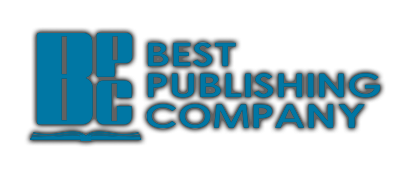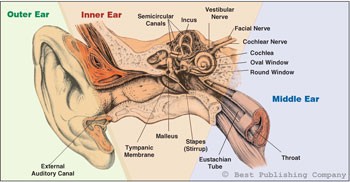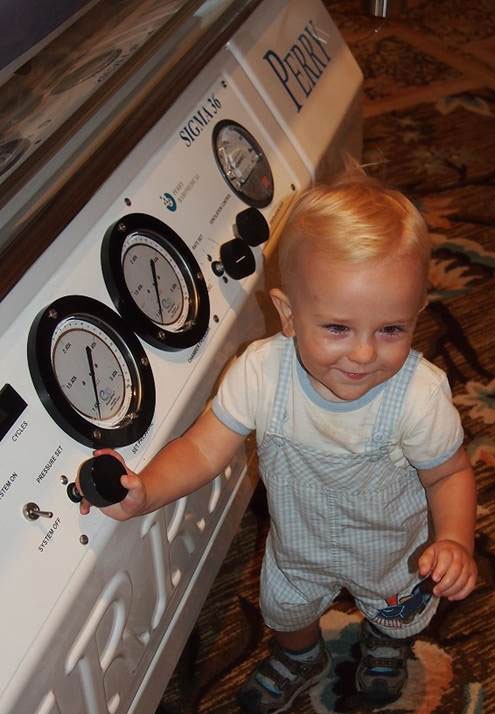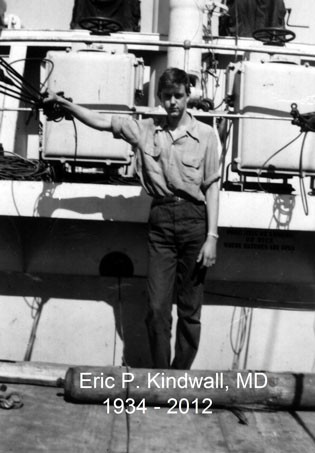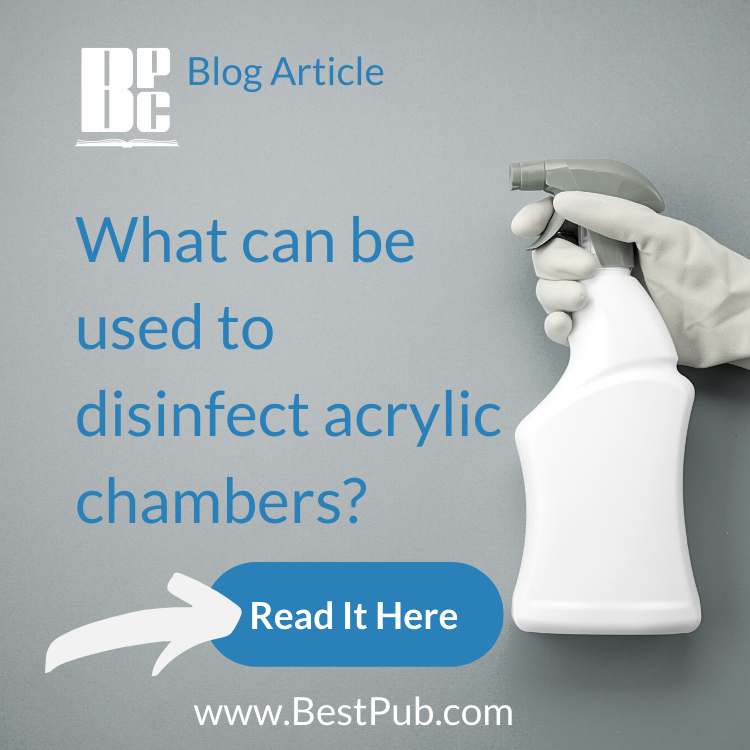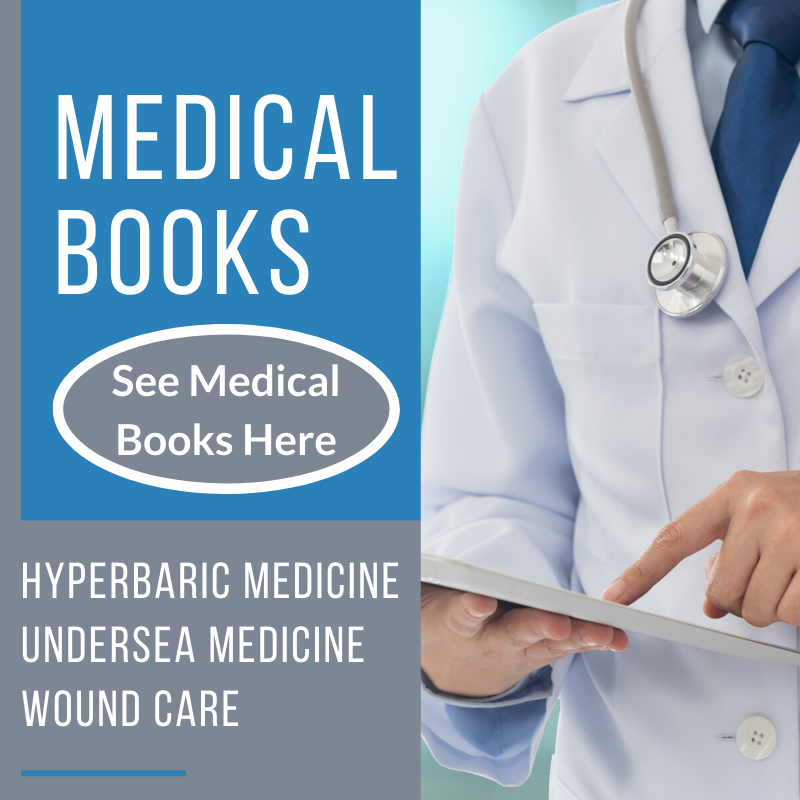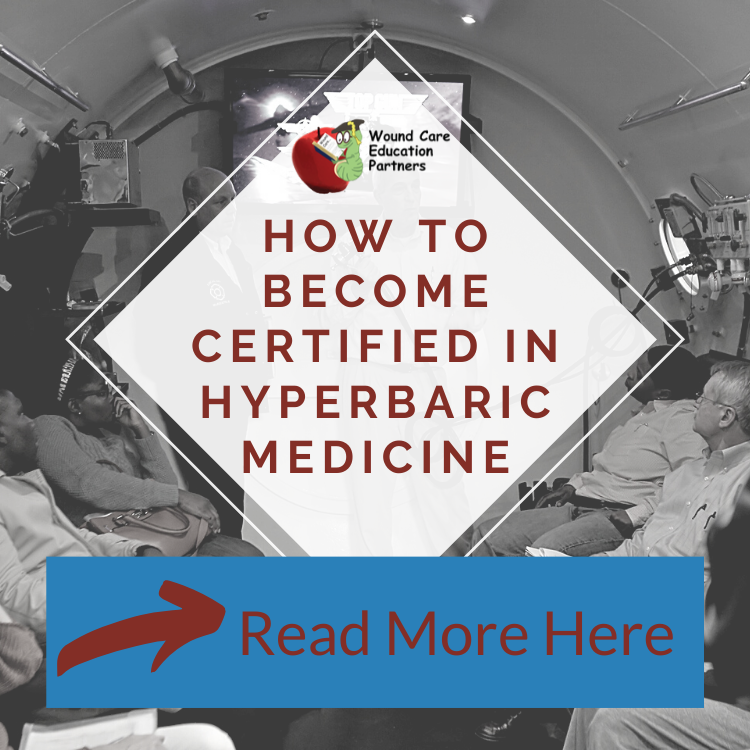We are thrilled to announce that Dr. David Charash has been named Beneath the Sea Diver of the Year 2025 for Science! This well-deserved recognition celebrates his remarkable and lasting contributions to the diving community. Dr. Charash will be formally honored on Saturday, March 29, 2025, at the Beneath the Sea Awards Reception and Banquet.
DEPTH Blog
A textbook may sometimes gain the unusual trait of longevity beyond all other books — it can be revised
and remain a primary source of information for generations of students.
Sinus and internal and external ear disorders are the most common side effects of hyperbaric oxygen therapy (HBO2).1 These spaces are the cranium’s pneumatic sockets and, particularly those of the middle and inner ear, are most frequently involved in the pressure stress caused by compression and decompression maneuvers during exposure to altered pressures in the hyperbaric chamber. Barotrauma is the mechanical tissue damage produced by environmental pressure variation, and the middle ear is the most frequently involved structure in this kind of damage. According to Boyle’s law (the product of pressure and volume is a constant for a given mass of confined gas) it is easy to understand why all enclosed air cavities are more susceptible to this kind of lesion. Barotraumas can occur due to an increase or decrease of gas volume. To avoid gas volume decrease during the compression phase, the patient must perform some compensatory maneuvers aimed at inhaling and forcing gas (air or oxygen) into the nasal and sinus cavities. During decompression in the chamber or even underwater, the body’s gas expands and is expelled from cavities to the outside, usually without any active maneuver. It is essential to teach the patient about the functions of the hyperbaric chamber and the correct maneuvers of baro compensation. In this article, we will describe the main barotraumas that can occur during hyperbaric oxygen therapy.
Copyright
© Best Publishing Company. This article first appeared in Wound Care & Hyperbaric Medicine Magazine Vol 6 Issue 1 (Spring), 2015.
February is Heart Month and to support the movement we have teamed up with our sister company, Wound Care Education Partners, to bring you valuable resources and discounts. We invite you to learn more about cardiac issues as related to hyperbaric and undersea medicine and take advantage of these free and discounted resources on the topic.
Each of us in the field of hyperbaric medicine wants to create an exceptional practice.
Copyright
© Best Publishing Company. This article first appeared in Wound Care & Hyperbaric Medicine Magazine Vol 6 Issue 1 (Spring), 2015.
This week we continue our series on the published works of Dr. Eric P. Kindwall, the "Father of Hyperbaric Medicine," by looking at the risk factors and symptoms of oxygen toxicity. We invite you to dive into this topic with us and take advantage of these free goodies...
Copyright
© Best Publishing Company. This article first appeared in Wound Care & Hyperbaric Medicine Magazine Vol 6 Issue 1 (Spring), 2015.
As promised, this month we are diving into the published works of Dr. Eric P. Kindwall, widely referred to as the "Father of Hyperbaric Medicine." This week we are looking at the physics of diving and hyperbaric pressures. We invite you to take advantage of these free goodies...
Copyright
© Best Publishing Company. This article first appeared in Wound Care & Hyperbaric Medicine Magazine Vol 6 Issue 1 (Spring), 2015.
Many refer to Dr. Kindwall at the "Father of Hyperbaric Medicine," and his contributions to hyperbaric medicine are legendary. Dr. Kindwall was born on January 17, 1934 and passed away on January 18, 2012. For this reason, we find it fitting to highlight his contributions to the field of hyperbaric medicine during the month of January.
Do you worry about not having a big enough patient load at your wound care and hyperbaric medicine clinic? Do you struggle with marketing due to low budget and not enough resources?
Copyright
© Best Publishing Company. This article first appeared in Wound Care & Hyperbaric Medicine Magazine Vol 6 Issue 1 (Spring), 2015.
Are you looking for a high-quality, convenient, applicable CME/CEU course in undersea medicine, hyperbaric medicine, and wound care?
Copyright
© Best Publishing Company. This article first appeared in Wound Care & Hyperbaric Medicine Magazine Vol 6 Issue 1 (Spring), 2015.
We would like to share a compelling testimonial that we just received from Dr. Calderone, CEO of Olympia Medical Center in Los Angeles, CA, regarding his hospital's use of the just released Hyperbaric Patient Safety Instructions. Since implementing the use of the brochures at their hyperbaric clinic, the Olympia Medical Center has had a consistent patient satisfaction score in the 90th percentile. Read Dr. Calderone's testimonial below.
Copyright
© Best Publishing Company. This article first appeared in Wound Care & Hyperbaric Medicine Magazine Vol 6 Issue 1 (Spring), 2015.
